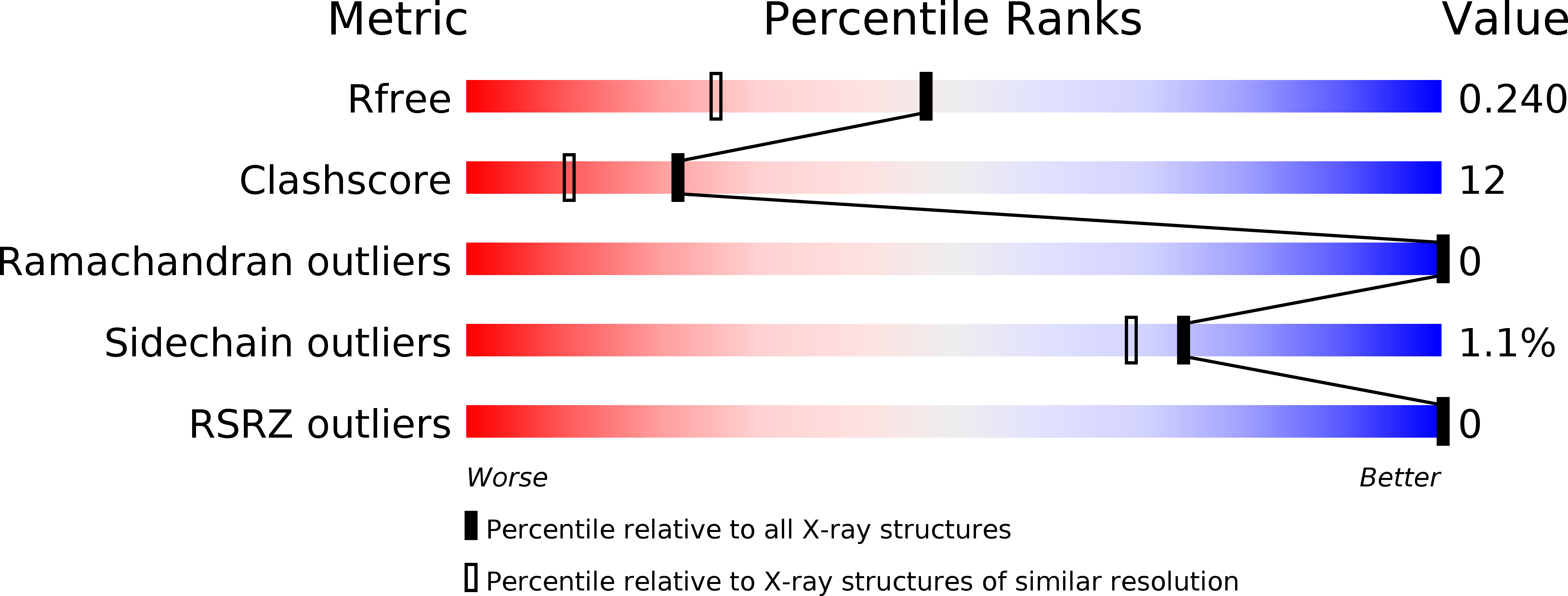
Deposition Date
2006-04-10
Release Date
2006-07-18
Last Version Date
2023-10-25
Entry Detail
PDB ID:
2GNC
Keywords:
Title:
Crystal structure of srGAP1 SH3 domain in the slit-robo signaling pathway
Biological Source:
Source Organism:
Mus musculus (Taxon ID: 10090)
Host Organism:
Method Details:
Experimental Method:
Resolution:
1.80 Å
R-Value Free:
0.25
R-Value Work:
0.20
R-Value Observed:
0.22
Space Group:
P 2 3


